Last month, I explained why I chose a 300-hp Mistral engine to power my Glasair III. We also looked at building the airframe, and I showed how I modified the kit to accommodate the Mistral. This month, we’ll take a closer look at the engine.
Mistral Engines (www.mistral-engines.com) was started by a group of pilots in Switzerland who recognized the need for modern engines that were less polluting and used jet fuel or mogas. They took a long hard look at all available options and saw what Mazda had been doing with the Wankel engine. The group began testing a Mazda RX-7 engine and thought it had great potential. Over the last decade or so, they have brought the engine from a good car engine to a very capable aircraft engine.
When viewed from the front, the large coolant radiator is on the left and the oil cooler is on the right.
Birth Pains
Mistral adapted the engine for aviation use with a reduction planetary gearbox they designed, added redundant systems, and then started testing. They ended up making a lot of the engine parts themselves, as some Mazda parts were not considered sufficient for aviation standards. The exhaust system was tuned to provide fuel efficiency and performance, but as the customer started flying, it turned out to be very noisy.
Next they started working on getting the engine FAA certified. That’s when the group ran out of funds and the company was put to sleep to prevent everything from being lost. By this time, I was installing the engine on my aircraft—and sweating things out.
In 2010 new investors were found and work continued with a reduced staff. The strategy turned to selling engines in the Experimental market so that certification could be funded. Mistral is doing well now, forging ahead. The 200-hp engine now flies on a PA-28, Glasair II, and GlaStar, and the 300-hp engine on a Maule, RV-10, and Glasair III.
Easy Installation
My airframe was almost finished when the engine was delivered. Talk about Swiss quality—it was a beauty! Best of all, it came “plug and play.” Just bolt on the engine, install the ECUs (engine control unit), firewall passage plugs, engine management system, instrument panel switches, and then simply plug in the wiring harness. It all went together very quickly.
Electrical System
Mistral is very safety-minded, as redundancies in the engine system clearly demonstrate. For example, the engine turns two separate alternators, each feeding its own battery. One alternator and its battery form a separate power system called a bus. The main bus feeds all the aircraft systems, starter included, and one of the two electric fuel pumps. The engine bus feeds the second fuel pump. The ECUs decide which of the two buses is the best, and feed off it. One bus can easily operate one fuel pump and both ECUs. So, if one alternator fails, you can still drain the battery on that bus and continue flight—unless the other alternator also fails and the second battery drains. Should that ever happen, it’s not been your day.
I designed and installed the wiring between the ECUs and the switches in the instrument panel to meet my personal preferences. Wiring was easy, and gave me the chance to incorporate some changes:
• Depressing a switch starts the engine. I didn’t want this switch to remain live as long as the master switch is on, so I installed a starter arm switch in series. This switch also removes the ECUs from the main bus, where the voltage dip caused by the starter draws power and could affect the ECUs.
• Mistral wanted me to buy five analog instruments to show rpm, manifold pressure, oil temperature, oil pressure, and coolant temperature, just in case the digital engine display failed. This would have been quite expensive, not to mention the real estate required on the panel. When I learned that the signal for these instruments was 0 to 5 volts, I bought a rotary 5-way switch and a 0-to-5-volt voltmeter. I then selected the information I wanted to read, and during the testing of the engine, I simply removed the voltmeter’s scale and replaced it with a scale showing green arcs drawn for each of the five parameters. If the main display failed, I planned to land as soon as I found a suitable airport, and all I needed to know was that all was in the green. It cost me $30.
The oil cooler is mounted on the left side, ahead of the engine, and the coolant radiator is on the right side.
Fuel System
Mistral offers an engine-driven fuel pump at the back end of the engine, but I’m happy with my two electrical pumps for a very good reason: Mogas evaporates quicker than avgas, so there is greater risk of vapor lock. My pumps sit just outside the fuel tank and put the whole fuel system under 72.5 psi (5 bar) of positive pressure—a great thing to have.
The fuel is filtered and injected into the engine. This means that a return line to the tank is required to allow the excess fuel to return. The engine will run on avgas, but prefers mogas because it doesn’t contain lead, which deposits on the spark plugs. You can also mix avgas with mogas in one tank if the need arises. The ECUs will do all the work for you, automatically adjusting the mixture for density altitude.
A large custom-made radiator was required to put as much cooling surface under the cowling as possible.
Cracked Sump
I did have a couple of teething problems; the most important one was a crack in the aluminum-cast engine sump that I found during taxi tests. Mistral reacted in their usual fashion. After getting details, they confirmed they had a crack in the same area on one of the sumps they tested. They designed a reinforced sump, but never got a repeat crack on the other sumps, so none of the new models were made. I was offered a temporary replacement until the new sumps would be produced to replace all present sumps. I decided to wait, and got my new sump within two months—and a Mistral engineer came and installed it for me.
Starting the Engine
Start-up is easy: ECUs on, one fuel pump on, and it starts just like any engine. You can shut the engine down by either switching the ECUs off, or by stopping the fuel pumps. I prefer the latter but the engine stops immediately in both cases. One electric pump is always on, so the second one functions the same as the normal boost pump in a conventional system. However, the second pump should be switched on below 1500 feet agl or in case of suspected trouble.
You need to warm up the engine somewhat before you start drawing power, but that takes only a couple of minutes. The runup test is like a Lycoming, but sounds a lot different. As you switch one ECU off, the engine will miss completely for a fraction of a second. You then check the rpm drop and switch the ECU back on. The ECU will self-test and be on line again after another hiccup from the engine. Then you test the second ECU. The whole process takes about a minute but feels like a long time. At first, I got some well-intended warnings over the radio from people that heard the engine missing during the run-up. I now brief people before I leave an airfield where I’ve never been before.
Getting ready to fly with the ugly first-edition exhaust. Mistral is working on a better system for noise reduction.
Normal Operation
The engine has little inertia, and the power is there before you know it—surprising the first time! I felt like that needed to change before I first started flying, but I must admit that it feels normal now. On the other end, the engine idles at 600 propeller rpm, and that helps reduce landing distance. At full power, the engine turns at 6500 rpm, and with the 1:2.9 reduction, the prop will be at 2350 rpm max. In cruise you’ll be at 2000 prop rpm. This keeps prop noise very low.
There is a “lean button.” Below about 80% power, the pilot can push this button and the ECUs will automatically lean the engine. This saves a noticeable amount of fuel. The lean feature will automatically cancel if the ECUs detect a problem, or if you set the power above 80%.
The water cooling is simply wonderful. No big temperature changes, even after a long dive at idle power, but the warning thresholds need to be revised. On hot days, I get the amber warning light about half a minute after takeoff, as the heat wave hits the sensors. I climb at 140 knots to increase cooling, and three minutes later, the warning disappears. But that first warning comes at 207 F (97 C), with redline at 216 F (102 C).
When I first saw that amber warning right after takeoff, it was not a happy feeling. The engineers at Mistral studied the data and concluded that there was no danger because the redline was set at a conservative value. Here again, you see that the people who developed the engine had car-engine backgrounds. In a car, a flashing LED is considered fancy—in an airplane, it simply isn’t good for the heart. Mistral recognizes that they need input from pilots to improve integration of the systems, and they are getting close to making a very good system.
Minor Display Problems
The color LCD engine display needs some minor work. There is some data presented that interests me, being a sort of test pilot, but for normal pilots, it just clutters up the display. I fly the engine on the percent-power scale because rpm and manifold pressure are not presented on the same screen.
Mistral has determined thresholds for activating warnings that work fine in cars, but give spurious warnings in flight and can cause interference with the aircraft electrical system. For example, I am still flying with an alert that warns me of high currents on both buses, and on every flight at some point, the system will say “maintenance required.” That is just about the worst message you can get in flight, but it’s caused by a voltage spike that occurs when operating the gear. It’s just a question of resetting the threshold and delay values, and that’ll be quickly done.
Also, the warnings are not pilot proof yet. What if a student pilot sees a red “Pwtr high”? If he read the manual, he’ll know it means that the water pressure is high—but unless he’s an engine mechanic, he won’t know if it’s “pay close attention” or “do something now” time. Again, this is a small software change and will be solved.
One big advantage is that you can download the data from the ECUs and Mistral can tell you how your engine is doing. Very reassuring.
Oil and Spark Plugs
You have to keep the oil level up in this engine—this is the most important thing to remember with a Wankel. The engine will inject a measured 0.2 quarts of oil into the combustion chambers every hour to lubricate the seals. With the 9-quart sump, you burn off the oil in about 50 hours, so you keep adding oil and it stays remarkably clear. The reason is because, unlike a piston engine, the oil in a rotary engine’s sump doesn’t come into contact with the combustion chamber. In a piston engine, it’s this contact that makes the oil go dark.
Mistral suggests an oil change every 100 hours, and it’s a must if you fly on avgas. Spark plugs are changed after 100 hours on mogas and 50 hours on avgas due to lead deposits that form on the spark plug insulators. Fortunately, the plugs are normal, inexpensive car plugs.
Apart from adding oil and checking the coolant level, this engine is usually very low maintenance—but not in my case. Because I’m one of the pioneers, Mistral requires that I send in the reduction gearbox every 200 hours so they can keep an eye on how the parts are doing. I don’t mind, as it’s good to know people are looking out for my safety. Removing and installing the gearbox takes about an hour. Mistral and I have agreed to additional restrictions, but it’s all for a good cause.
So, with a fuel burn of 13.5 gallons (51 liters) of mogas per hour, and a bit of oil, this engine is very cost efficient compared to most aircraft engines that produce a similar amount of power. It’s also a lot less polluting with no fuel injected just to cool the cylinders.
No Negative Gs
Mistral engines are wet sump types; the oil gathers at the bottom of the engine. Practically, it means that at zero G, or at negative Gs, the oil pump will suck air bubbles, and the engine will be ruined in seconds. My engine has a G limit of 0 to +4. I have pulled up to 4 G during loops, and there’s no problem. Mistral already has plans to modify the oil system so it can accommodate negative G.
Then There’s the Noise
The Mistral sounds like a Formula 1 car at full revs flying overhead. Some say it sounds great, but the noise carries far, and I didn’t build this airplane to give people a bad feeling about aviation—or bad reputations to airfields.
The Wankel produces one exhaust stroke per engine rotation in each rotor, and the gasses are supersonic as they leave the combustion chamber. This creates a higher heat load as the gasses leave the engine at about 302 F (150 C) warmer than from a piston engine. Besides the heat load, shockwaves put additional stress on the exhaust system metal. Stainless steel will not support this sort of treatment for a long time, so a better metal is used. Remember Inconel, the metal that was used to build the X-15?
Mistral is acutely aware of the noise problem and knows that if they want to sell engines in Europe, it must be fixed. In order to qualify for a noise certificate (required in most of Europe), they need to reduce the decibels a little and change the frequency a lot. Until now, Mistral had other priorities, but noise is now being aggressively addressed.
A Wankel? Really?
The biggest disadvantage of this engine, and it’s a significant one, is the look I get confronted with every day when I move the aircraft out of the hangar. People will come up and ask questions…and I wait for it…here it comes! “Ooh, it’s a Wankel engine!” Usually this is accompanied by a sad facial expression, either spontaneous or with that air of “I know.” You’ll see these people’s minds racing—should they tell me this is a bad idea, or is discretion better?
Now, I can’t take everyone up flying, so I generally select the most vocal person in a group of critics, and I know they’ll be a convert after we land. Once you’ve experienced it, the power and smoothness of this engine will convince you and give you a great feeling of safety. I admit I was a bit apprehensive before every flight at first, but as soon as the engine was turning, all of that disappeared. Now, with one year under our wings, I look forward to flying my Glasair, and a lot of that has to do with the engine.
I admit to being biased because I’m flying with a Mistral. And I was very critical before I started researching this engine. But I can honestly say, it’s what I have learned and experienced that has made me so happy with the Mistral. These engines have a great future!
Next: Still more Mistral magic!



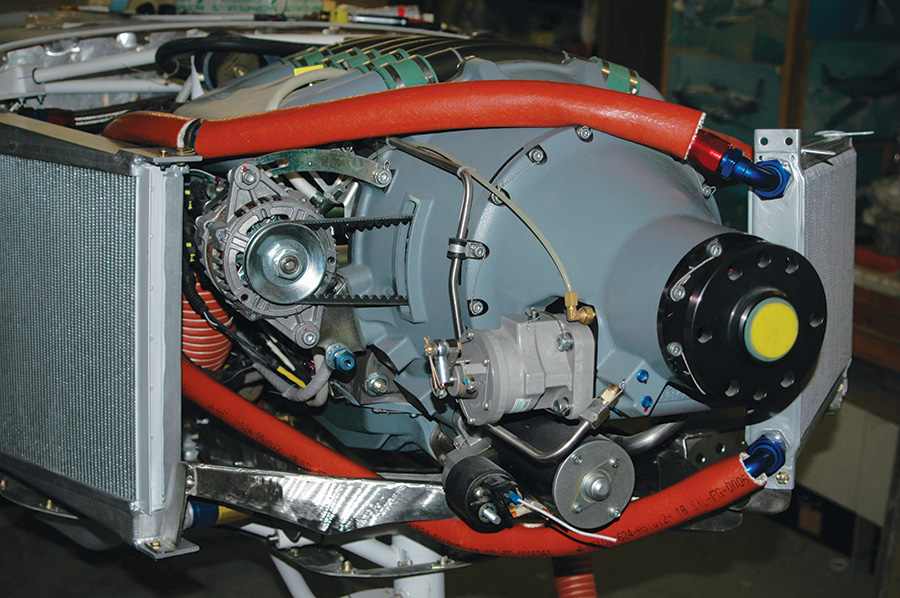

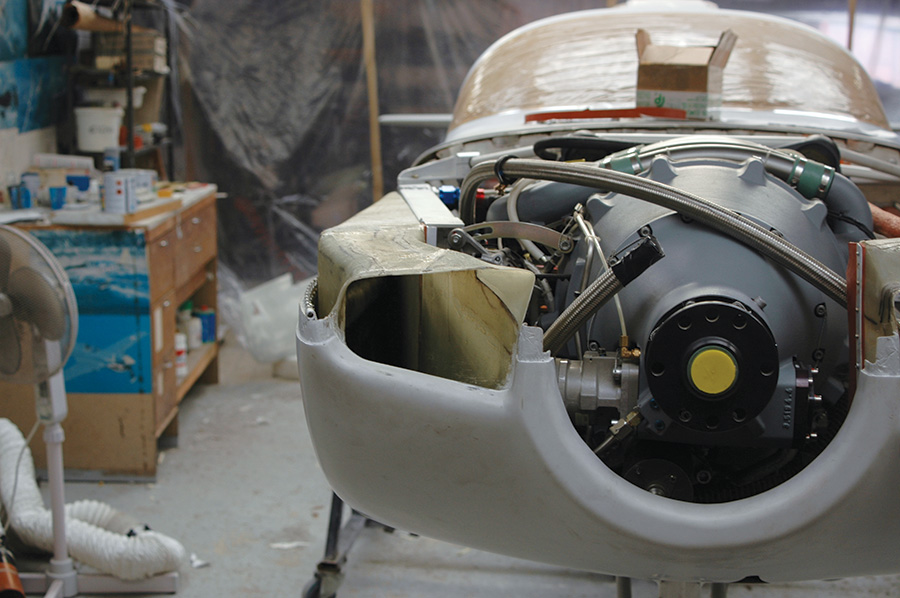
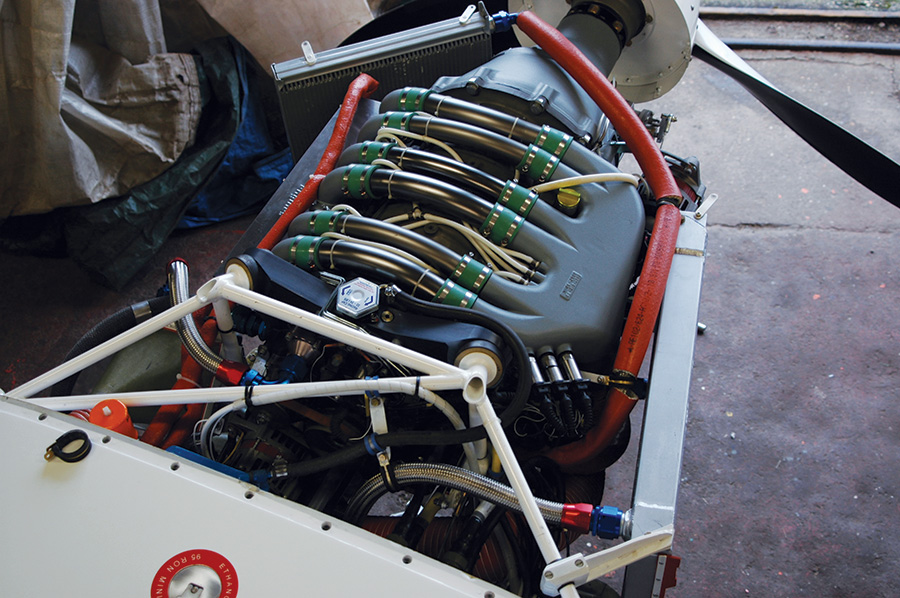
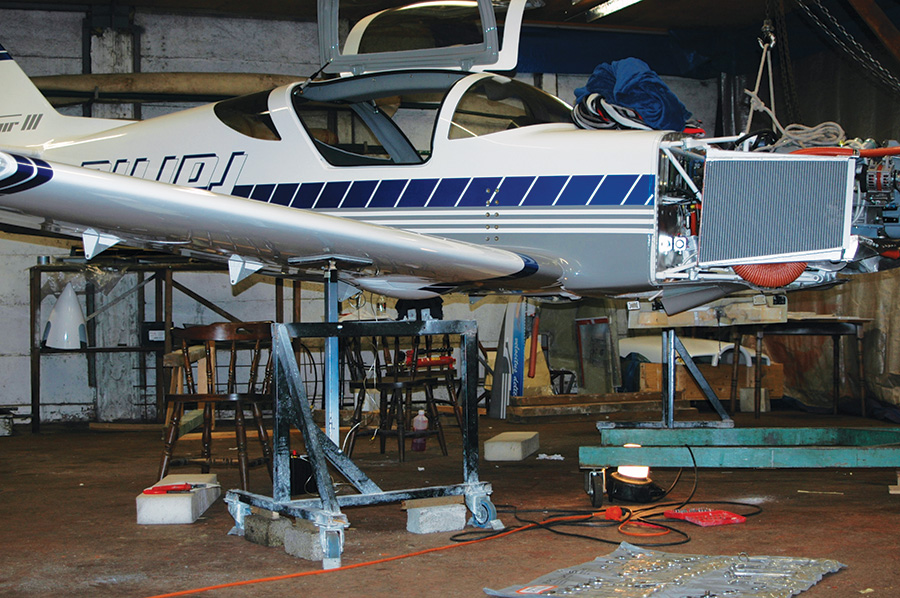
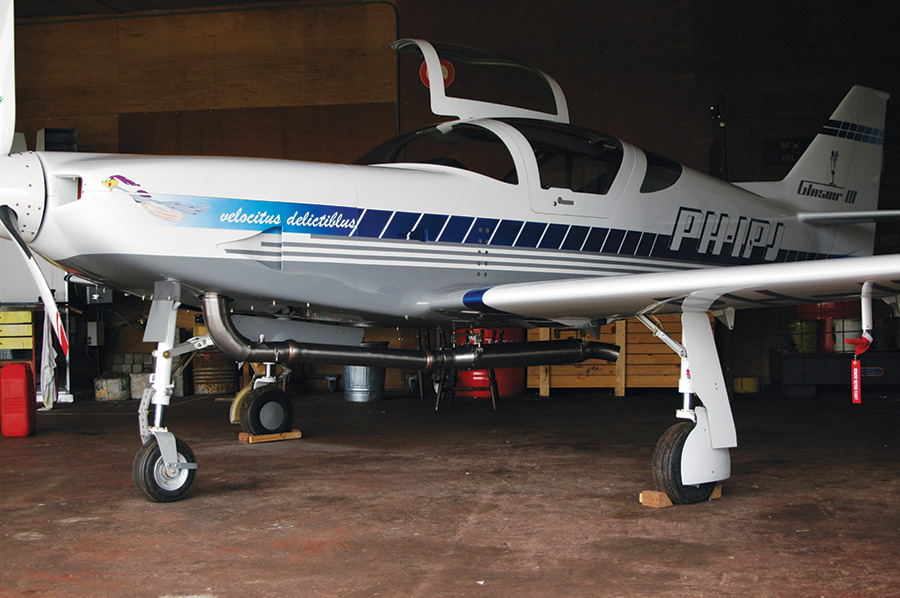
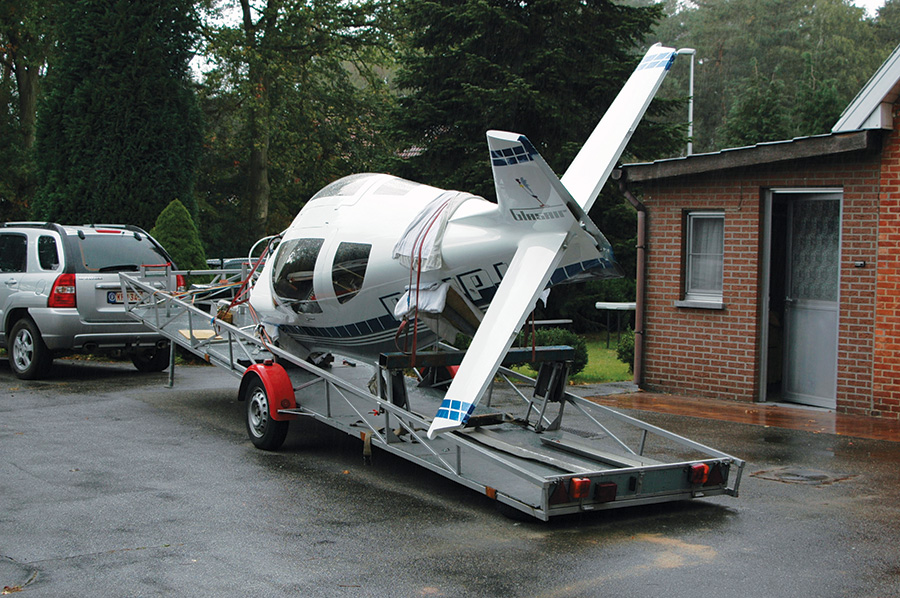
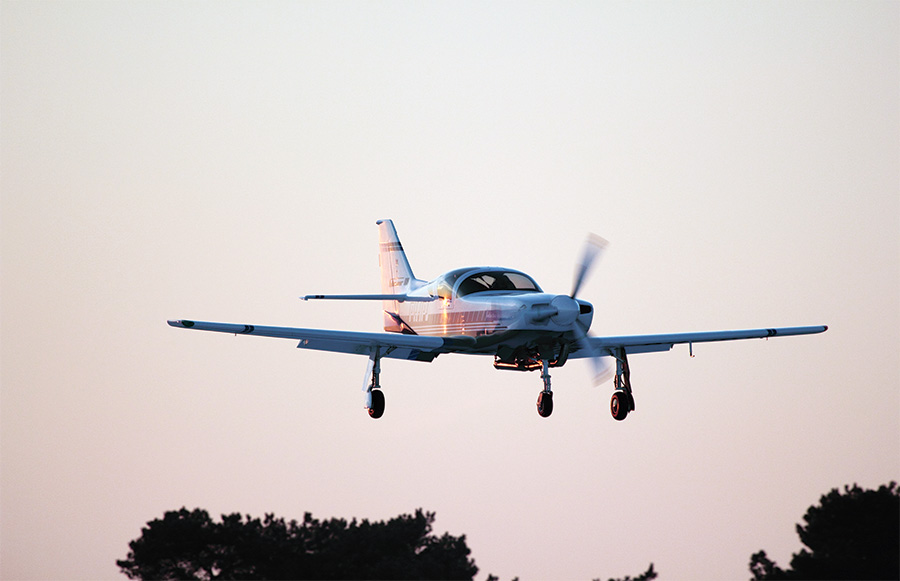
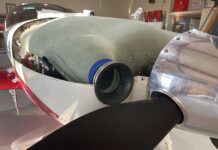
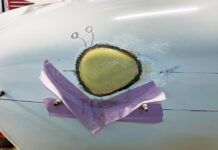
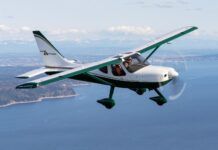
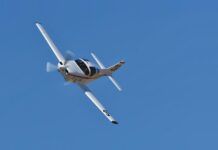
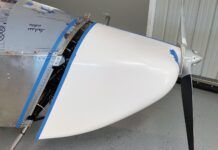
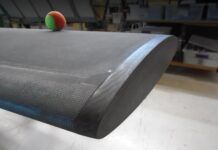
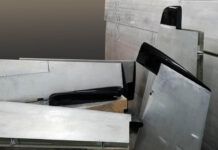
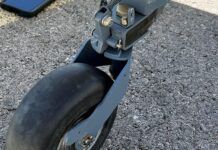

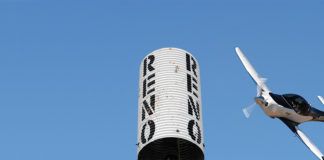
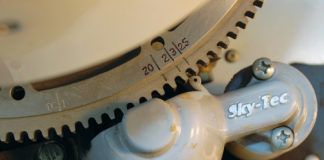

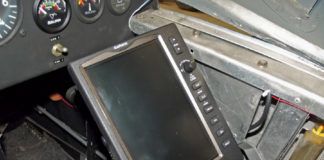
Wonderful article Paul! I’ve been back and read it several times:-)
I still have my Mistral G200 in my Glasair Sportsman probably the only sportsman with a Mistral!
Maintenance required has been there flashing for years I’ve never managed to get rid of it :-)))